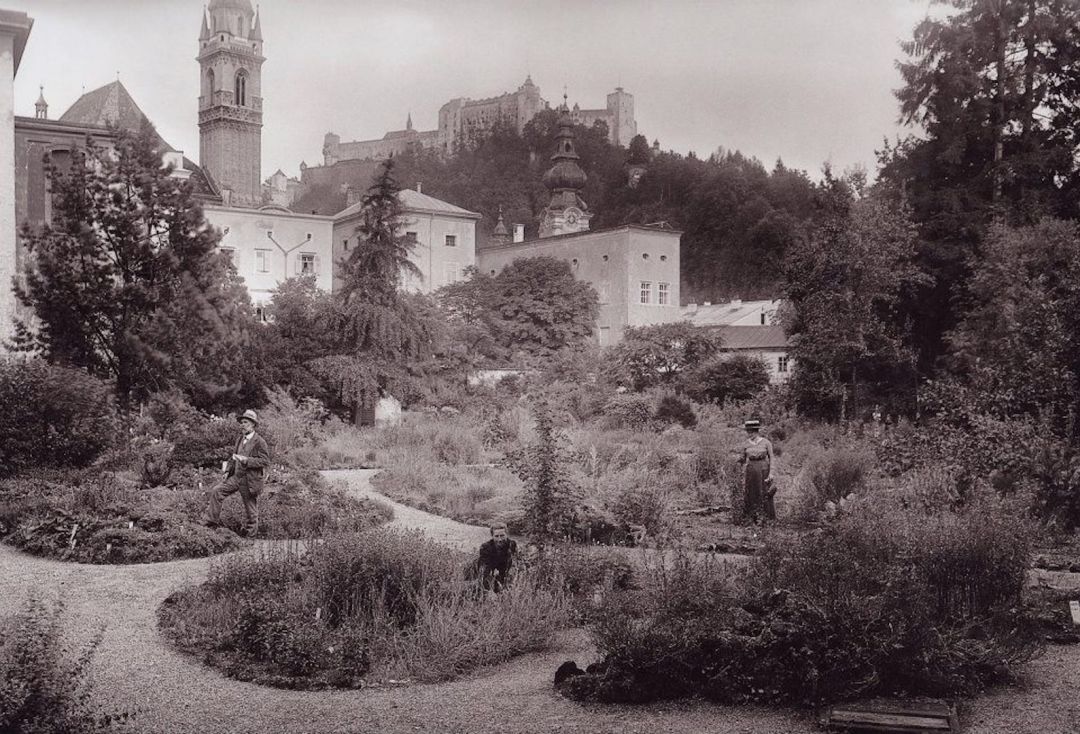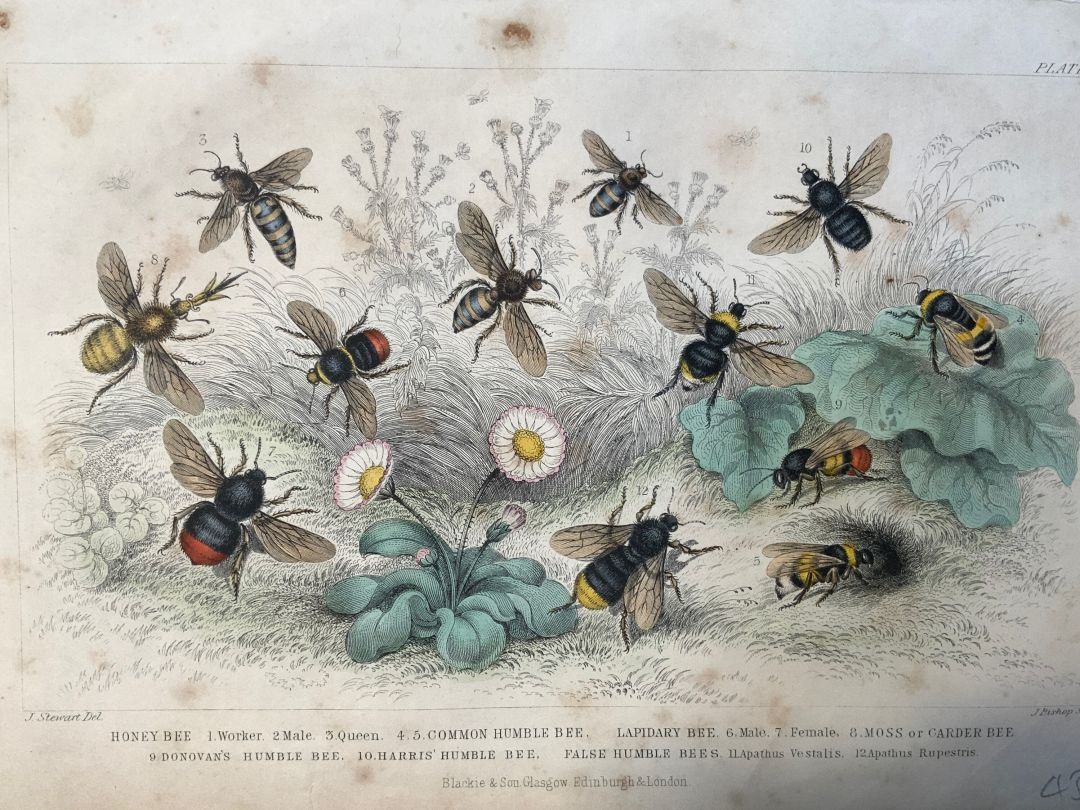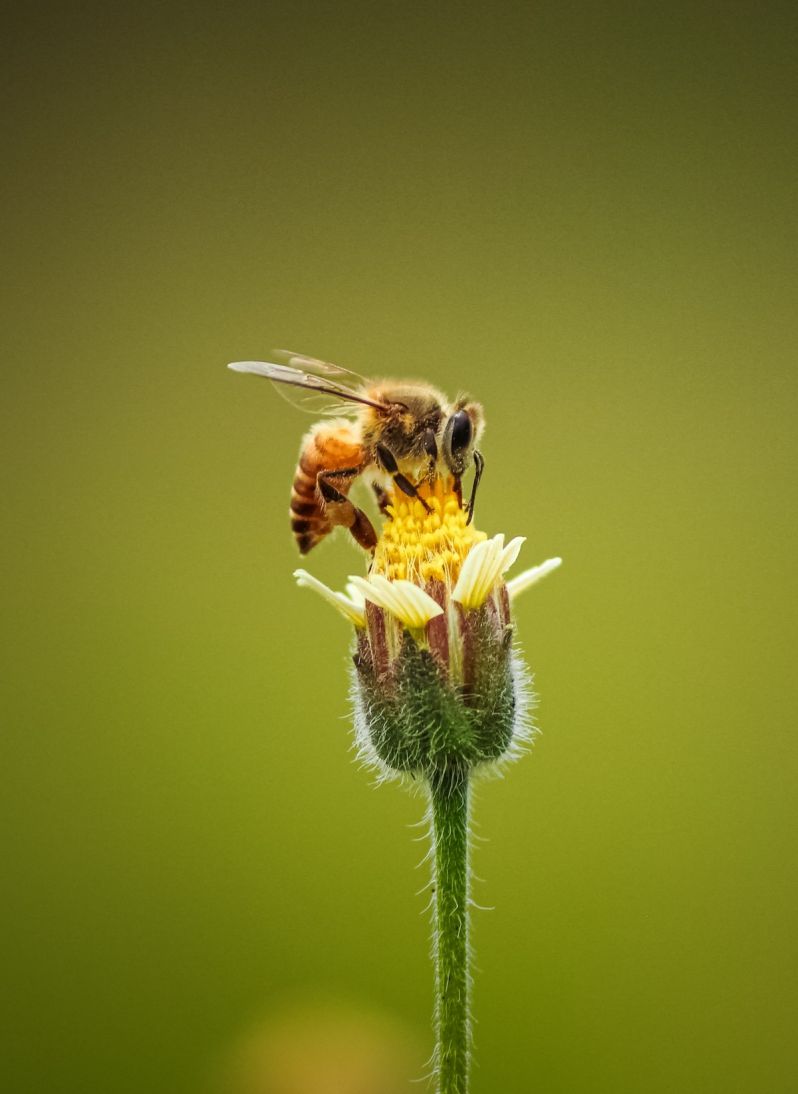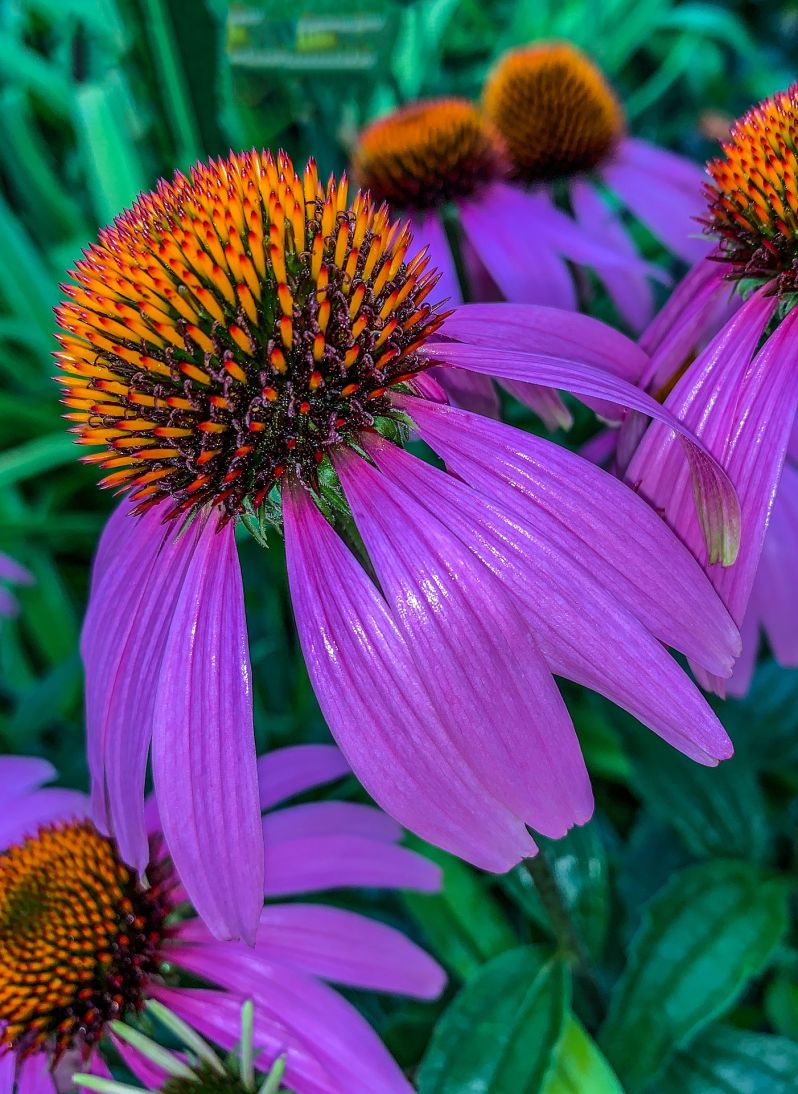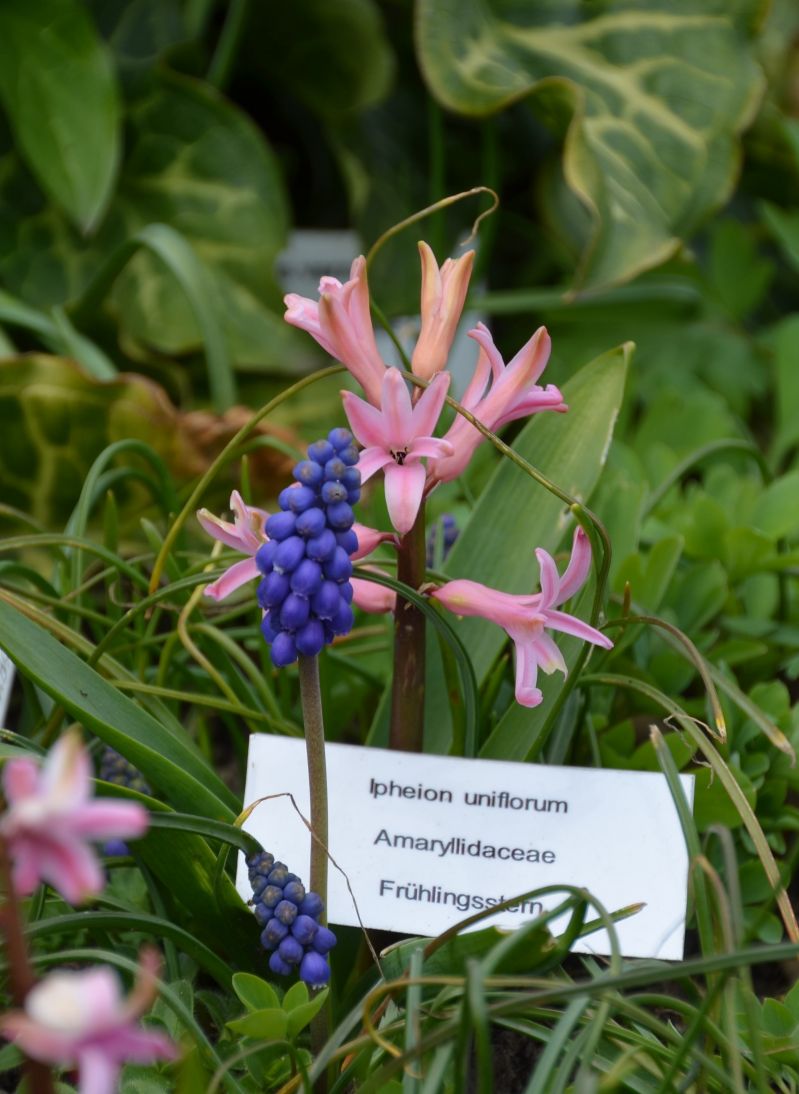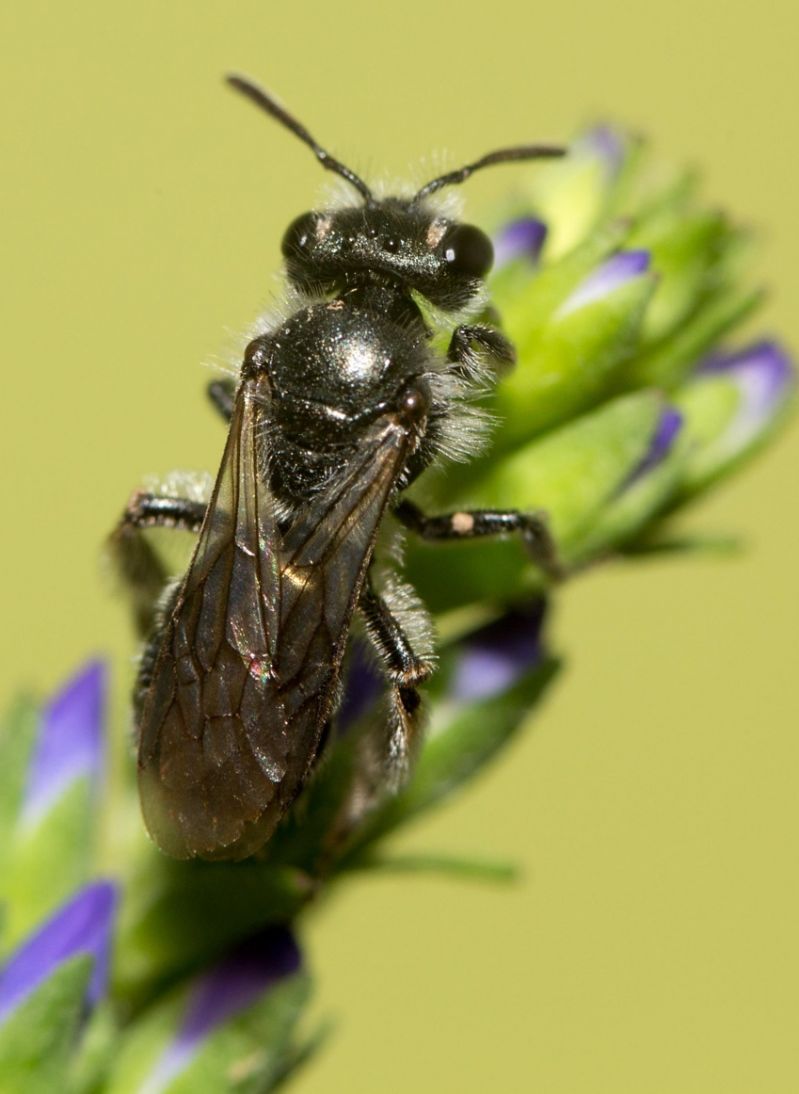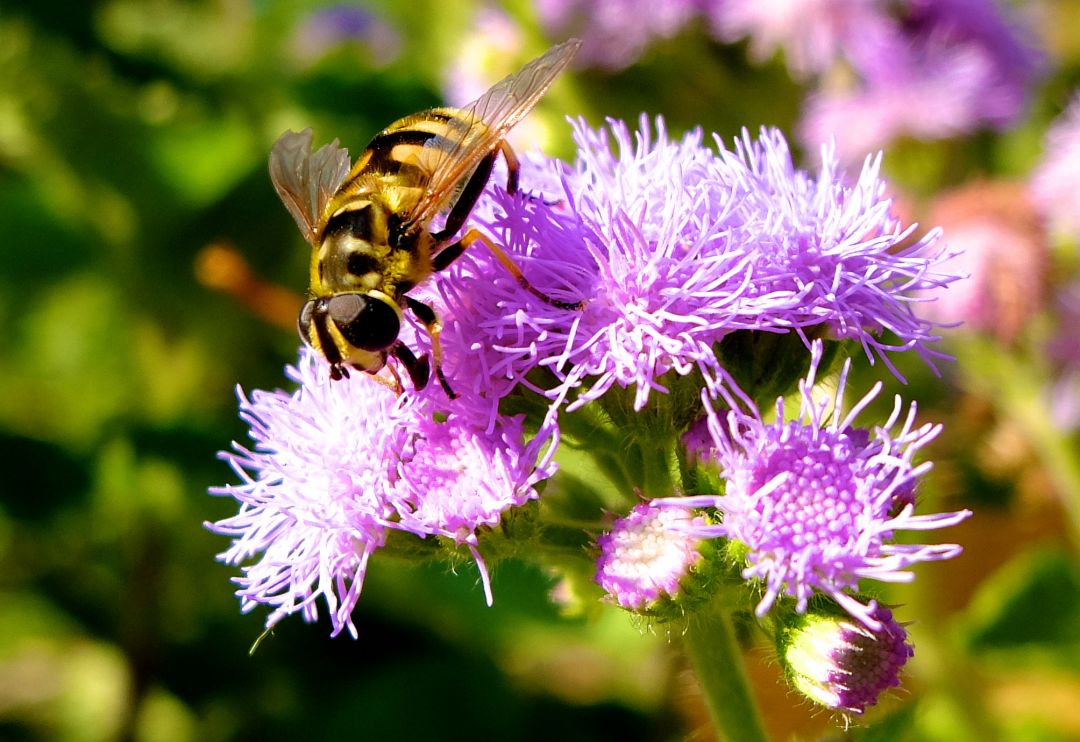JOIN the AFICIONADOS
Get the insider news and lowdown on what we've been up to, where we've been, and who we've met along the way. Be the first to discover new places and get the scoop on our favourites.
Salzburg’s botanical garden is located in the elegant surrounding of the University of Salzburg, with 1.5 hectares of land made up with plants and vegetation, including a tropical greenhouse which is integrated into the Natural Sciences faculty.
All this gives the impression that the garden is solely used for research. That is not the case, although it makes a peaceful stroll around this beautifully cultivated garden, unknown to many a Salzburgian. With a feeling of erudition as you wander the grounds, you can feel the presence of the university in its neat rows of plants and thoughtfully grouped vegetation, a way to discover a more scholarly focus for nature. You can admire plants from the Alpine, highland and moor regions, a farm garden and a beautifully scented Rosarium with a collection of easy-on-the-eye roses.
The history of this urban green space dates back as far as 1780, when a plant trader used the fertile land to grow and trade in bulbs and plants before it was given over to the university to grow medicinal plants. Trading of seeds continued, growing the seed catalogue of the garden, which are today presented as living specimens. For those interested in the origin of plant species, there is a large dry collection – some 3000 diaspores of native plants – imagine the tropical garden one could create with the right, green-fingered assistance.
Although we might see botanical, medicinal gardens as relics of the past, in fact their uses are more relevant than ever today. In Salzburg’s ‘pharmacist’s herb garden’ with over 280 species, we’re invited to make the connection between these medicinal plants which formed the cornerstone and purpose of the garden’s inception, as valuable needs for today – including alternative medicines, herbal teas and health benefits.
Another fascinating aspect of this Salzburg’s city garden is its collection of 700 types of wild bee, thanks to the biodiversity located in the garden. Watching the continual hum as the tiny furry insects seek refuge in the flowering plants, remind us that these natural spaces are not just for our benefit.
